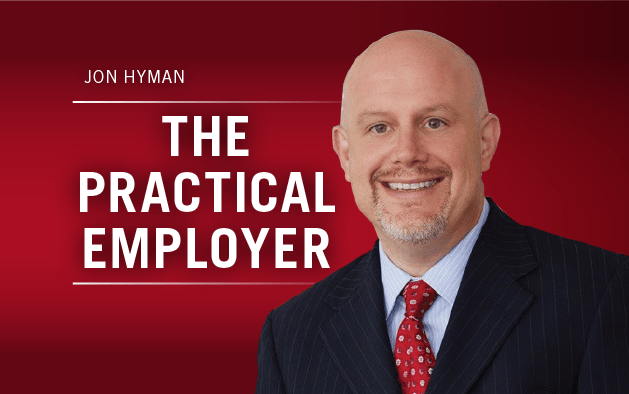Does an employer have an obligation to return an employee to work following an extended unpaid leave of absence granted as a reasonable accommodation under the ADA?
You might be inclined to say, “Of course.” The answer, however, is nuanced, and depends on the length of the leave, the composition of your workforce at the time the employee seeks to return to work, and your efforts to engage in the ADA’s interactive process with the employee during the leave.
For your consideration: Brunckhorst v. City of Oak Park Heights.
Gary Brunckhorst worked as an accountant for the city of Oak Park Heights, Minnesota, for over 15 years. In April 2014, he contracted Fournier’s gangrenous necrotizing fasciitis — a rare, life-threatening disease otherwise known as “flesh-eating” bacteria. He had three life-saving surgeries, spent five months in a hospital and nursing care facility and suffered long-term injuries.
At the outset of his hospitalization, Brunckhorst requested, and the city granted, FMLA leave. When that leave expired, the city granted an additional 60 days of unpaid medical leave and told Brunckhorst that he could qualify for an additional 30 more days thereafter. On Sept. 14, 2014, (the end of the initial 60-day unpaid leave), the city sent Brunckhorst his job description and asked him whether he could perform all of its essential functions of his position. Brunckhorst’s doctor responded that he was not able to return to work and that he needed additional unpaid leaves of absence, which was extended in serial through April 1.
In December 2014, however, the City Council had voted to eliminate Brunckhorst’s position as unnecessary. In an effort to soften the blow to Brunckhorst, is offered him the choice of a severance package or a return to work when he was able to do so in a new position, albeit with a 30 percent reduction in salary. Brunckhorst refused both, stating that he wanted to return to his original position. The city kept him on his unpaid leave in the interim, since he was not yet ready to return to work anyway.
Ultimately, the city gave Brunckhorst a hard April 1 deadline to return to work in the new position or be fired. Brunckhorst, through his attorney, refused and instead requested that the city permit him to work from home. The city refused, stating that remote work was not possible for the new position. It instead offered Brunckhorst a limited schedule as an accommodation — four hours per day four days per week in the office. When Brunckhorst declined the offer, the city terminated his employment.
The 8th Circuit Court of Appeals concluded that the city had not violated the ADA by eliminating his position, refusing to offer remote work as an accommodation, or otherwise failing to engage in the interactive process.
No reasonable juror could conclude that the City had failed to participate in the interactive process. Brunckhorst attempts to narrow the window of the interactive process to the last few days prior to his termination and claims that the City offered him only one, take-it-or-leave-it accommodation. To the contrary, the record shows that the City engaged in an interactive dialogue with Brunckhorst for months regarding his return to work. During that time, the City extended his leave multiple times, made multiple requests for information regarding what accommodations he required, and offered accommodations consistent with his doctor’s restrictions. There is no genuine issue of material fact that the City engaged in anything but a good-faith interactive dialogue.
This case provides a textbook roadmap for employers to follow when handling an employee on an extended medical leave. An employer can eliminate a position if the bona fides of its business and economic needs support that decision. It is not required to keep a position, or create a position, as a reasonable accommodation. It may have to offer an existing, vacant position, however. It also does not have to offer remote work if the essential functions of the position dictate otherwise.
If you are considering terminating an employee out on a non-FMLA unpaid medical leave, consider this question — will it appear to a reasonable jury that you tried to work with the employee to return him or her to work. If the answer is an objective “yes,” then you are likely on solid footing terminating the employee who refuses your offers to return to work (understanding that you may have to justify your actions and decisions in litigation).












